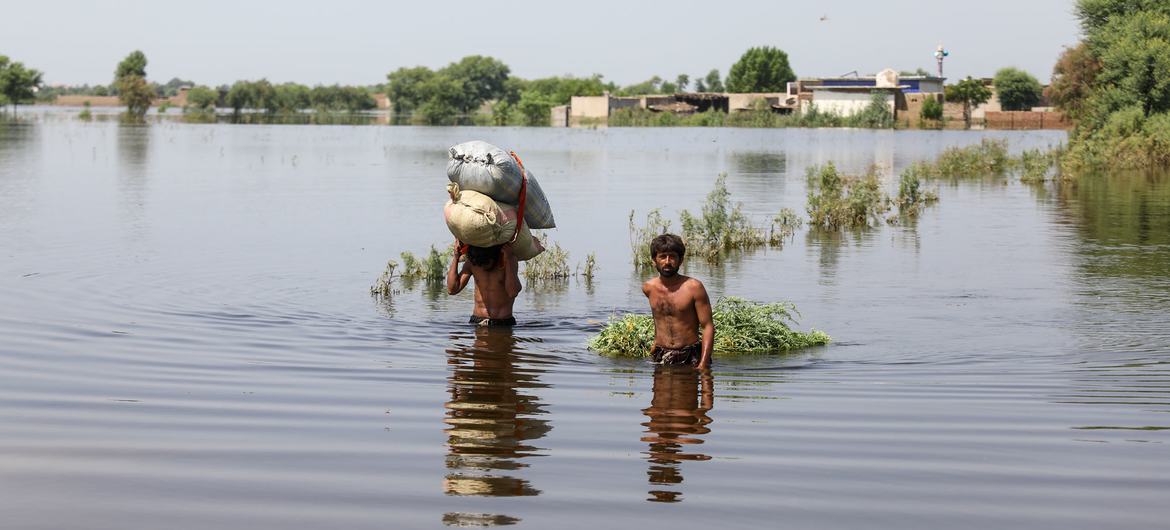Recent rains in Pakistan left South Punjab, Sindh and Balochistan inundated. Specifically, they completely cut off Balochistan from the rest of the country. Approximately 1500 people are reported to have been killed in the flooding and thousands of families have been rendered homeless in Balochistan where poverty remains a major problem and a substantial population living in makeshift houses found itself homeless. The floods even damaged Mohenjo Daro, a world heritage site and part of the ancient Indus Valley Civilization complex. It is reported by Pakistan’s National Disaster Management Authority that almost 60% of the total houses destroyed were in Balochistan only. Floods and unabated rains have wreaked havoc on the province. The devastation began in the months of June-July when vast areas of Balochistan and parts of South Punjab were hit by rains. On the political front, national politics remained fixated on the struggle between the leading political parties of the country which intensified after Imran Khan’s ouster from Pakistan’s Prime Ministership. Locals affected by floods felt that there was ample time to ensure precautionary measures against the coming rains and flood waters flowing into the rivers but no preparations were made. Despite the annual recurrence of flash floods during the monsoon season, the authorities adopted a lackadaisical approach instead of providing precautionary assistance or relief. The army too sprang into action and its efforts were visible but it seems that much water had flown by then. Take for instance Musakhail district, in the upper region of the province, is one such place hit hard by flooding. Most of the deaths have been reported in Jafferabad, Barkan, and Khuzdar districts. Many cities and towns do not have a cellular network anymore, let alone other facilities needed for proper urban functioning. As the waters recede and stagnate, these areas are now on the verge of epidemics bringing a variety of diseases like diarrhoea, cholera, dengue and malaria to the people. Lack of access to clean drinking water adds to the burden of disease across the region. A Reuters report stated that “death toll from malaria and other diseases tearing through Pakistan’s flood-ravaged regions reached 324”. This has stressed the already weak healthcare infrastructure in the rural and suburban parts. International aid is flowing in from China, UK, Saudi Arabia, Qatar, Turkey and other international aid agencies but it shall be impactful only when redirected to the rightful beneficiaries. Due to the repayment of loans and interest payments to international institutions and huge budget cuts in recent years added to the woes of Balochistan where the dams, canals, and other related infrastructure is under stress. The effects of natural disasters are naturally exacerbated in the absence of sound governance systems.
The occasion should be seen as a wake-up call as well as a reminder of the need for planning and the need for long-term strategies if such disasters have to be prevented in the future. Further, the recent tragedy is also a message to the defence and law enforcement agencies for adopting an attitudinal shift towards the province. Instead of spending a substantial part of the defence budget on militarizing the region, these institutions could use the same resources in capacity building, rehabilitation and related long-term initiatives which would not only reduce vulnerabilities but also reduce suspicion in the minds of the local populace.

